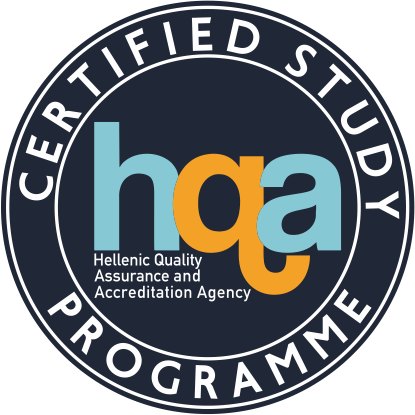| School |
Natural Sciences |
Academic Unit
|
Geology Department |
Level of Studies
|
Undergraduate |
Course Code
|
GEO_811E |
| Εξάμηνο σπουδών |
8ο |
Course Title
|
Special issues of Petrology |
Independent Teaching Activities
|
Lectures, tutorials and laboratory work |
Weekly Teaching Hours
|
2 (lect.), 1 (lab)., 1(t) |
| Credits |
5 |
Course Type
|
Field of Science (Petrology) and Skills Development |
Prerequisite Courses
|
No |
Language of Instruction & Examinations
|
Greek. Teaching may be however performed in English in case foreign students attend the course. |
Is the Course offered to Erasmus Students
|
Yes |
| Course Web-Page (URL) |
https://eclass.upatras.gr/courses/GEO314/ |
Learning Outcomes
|
Under the framework of this course students
- will deal for the first time with archaeological issues and releavant multidisciplinary approaches
- will learn about ceramic manufacture technologies and pyrotechnology evolution from the Prehistoric times (Early Neolithic) up to historical times (Late Roman – Byzantine).
- will understand the importance of ancient ceramics and ceramic technology as a tool for the reconstruction of past economies and societies
- will learn about the modern analytical techniques which are routinely applied in the study of ancient ceramic technology
- will be familiarized with writing technical reports and essays about material culture addressing to relevant scientific disciplines (conservators, archaeologists)
|
General Competences
|
By the end of this course the student will, furthermore, have developed the following skills (general abilities):
- Ability to exhibit knowledge and understanding of the essential facts, concepts, theories and applications which are related to the study archaological artifacts by employing analytical methods routinely used in the earth sciences.
- Ability to apply this knowledge and understanding to the solution of problems related to the study of ceramic artifacts as a product of “anthropogenic metamorphism”.
- Αbility to adopt and apply methodology to the solution of non familiar problems of other archaeological objects
- Study skills needed for continuing professional development.
- Ability to interact with others in issues concerning the study of ancient ceramic artifacts in an area and its relation to the wider cultural environment.
Generally, by the end of this course the student will, furthermore, have develop the following general abilities (from the list above):
- Searching, analysis and synthesis of facts and information, as well as using the necessary technologies
- Autonomous (Independent) work
- Group work
|
| Syllabus |
Lectures
- Introduction to archaeology and the study of ceramic artifacts
- Ceramic Technology: ceramic raw materials, mixing techniques, tempering, ceramic modeling, firing techniques.
- Archaeometric approaches in the study of the ceramic technology (setting up an analytical program, archaeological questions, archaeological and geological contexts)
- Analytical techniques employed for the study of ceramic artifacts (optical microscopy (OM), scanning electron microscopy (SEM), X-ray diffraction (XRD), X-ray fluorescence (XRF), atomic absorption spectrometry (AAS), inductively plasma mass spectrometry (ICP-MS), newtron activation analysis (NAA).
- Case Studies: Prehistory, Classic times, Roman-Byzantine
Laboratory work
- Microscopic and petrological characterization study of sets of thin sections from various cases studies
- Petrographic grouping techniques
- Ceramic provenance and its relation to the geological context with the use of geological maps
- Reconstruction of ceramic technology by means of petrographic analysis
- Correlation of the relative archaeological data (dating, typological inventory, decoration) for the establishment of techno-petrographic groups
|
| Delivery |
- Lectures, seminars and laboratory work face to face.
- Lectures: using slides for overhead projector and/or power-point presentations.
- Open eClass - Asynchronous eLearning Platform: storage and presentation of teaching material.
- Laboratories: Students are assigned a thin section suite to work out an essay on provenance and technology of specific ceramic assemblages.
|
Use of Information & Communication Technology
|
- Use of Information and Communication Technologies (ICTs) (e.g. powerpoint) in teaching. The lectures content of the course for each chapter are uploaded on the internet, in the form of a series of ppt files, where from the students can freely download them using a password which is provided to them at the beginning of the course.
- Use of polarizing microscope employed with a digital camera for capturing and analyzing representative images through the use of specialized software packages (ProgRes CapturePro 2.9.0.1 by JENOPTIC)
|
Teaching Methods
|
| Activity |
Semester workload |
| Lectures (2 conduct hours per week x 13 weeks) |
2 x 13=26 |
| Laboratory work (1conduct hour per week x 13 weeks) – recognizing the ceramic petrographic groups and inferring about the ceramic technology by means of polarizing microscopy and other analytical techniques available in the local facilities |
1 x 13=13
|
| Tutorials about writing reports on laboratory exercises; demonstration of photographic microscope |
1 x 13=13 |
| Sample preparation for their study in the laboratory |
1 x 8=8 |
| Hours for private study of the student and preparation of home-works and reports, for the Laboratory, and preparation for the Laboratory |
65 |
| Total number of hours for the Course |
125 |
|
Student Performance Evaluation
|
- Written examination (50% of the final mark)
- An essay comprising the outcome of the exercise assignments on the ceramic assemblage provided from a specific study area (50% of the final mark).
Percentages are valid t only when the student secures the minimum mark of 5 in the final written examination
Greek grading scale: 1 to 10. Minimum passing grade: 5.
Grades <3 correspond to ECTS grade F.
Grade 4 corresponds to ECTS grade FX.
For the passing grades the following correspondence normally holds:
5 <-> E, 6 <-> D, 7 <-> C, 8 <-> Β and >9 <-> A |
Attached Bibliography
|
Suggested bibliography:
- Λυριτζής, Ι. (2005) Φυσικές Επιστήμες στην Αρχαιολογία. Αθήνα, Τυπωθήτω-Γ. Δάρδανος
- Λυριτζής Ι. και Ζαχαριάς Ν. (επιμ.) ΑΡΧΑΙΟ-ΥΛΙΚΑ: αρχαιολογικές, αρχαιομετρικές και πολιτισμικές προσεγγίσεις. Εκδ. Παπαζήσης
- Quinn, P.S. (2013) Ceramic Petrography: The Interpretation of Archaeological Pottery and Related Artefacts in Thin Section. Archaeopress, Oxford.
- Rice, P. M. (1987) Pottery Analysis: A Sourcebook. Chicago, University of Chicago Press.
Related academic journals:
- Archaeometry (Wiley)
- Geoarchaeology (Wiley)
- Journal of Cultural Heritage (Elsevier)
- Journal of Archaeological Science (Elsevier)
- Journal Archaeological and Anthropological Sciences (Springer).
|





